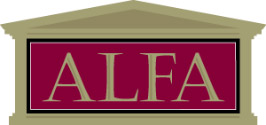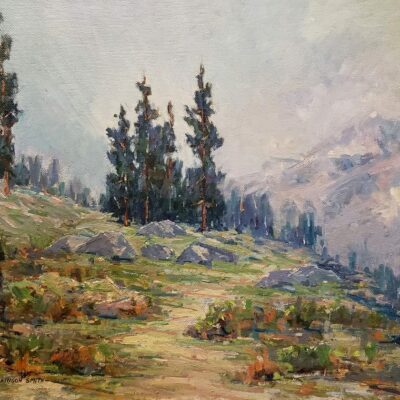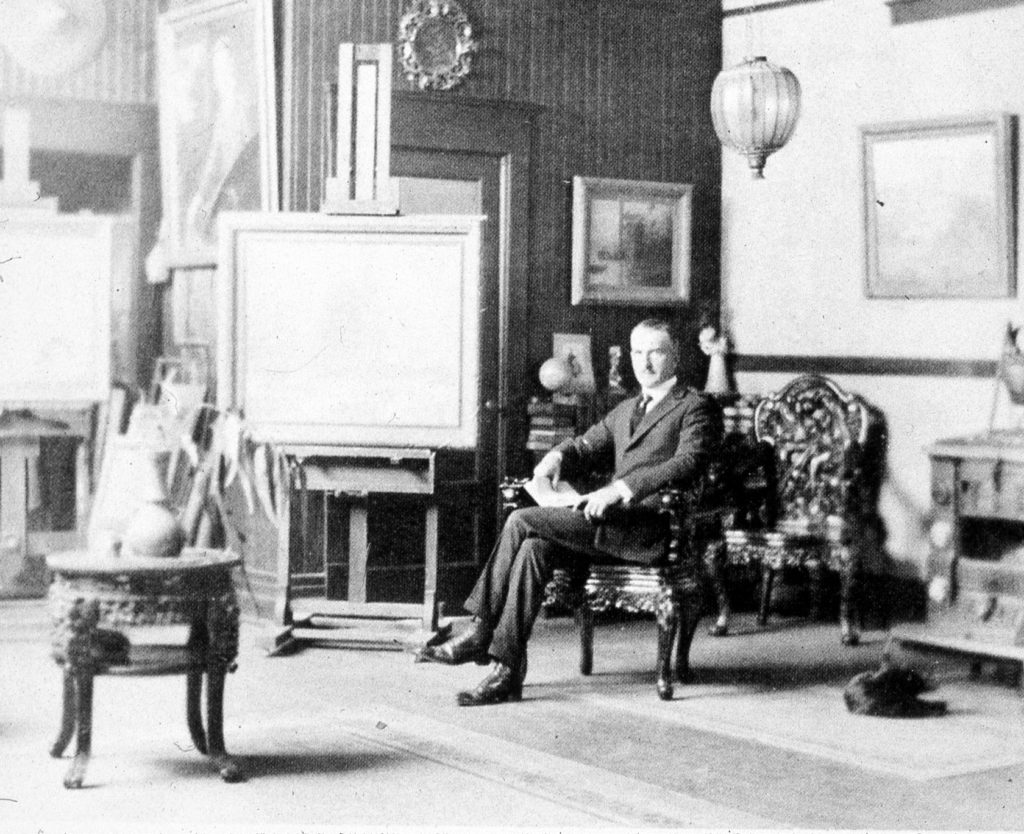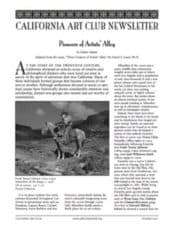Jack Wilkinson Smith (1873-1949)
Available Work
Biography
Press and Publications
Pioneers of Artists’ Alley (Victor Clyde Forsythe, Frank Tenney Johnson, Jack Wilkinson Smith, Eli Harvey, Norman Rockwell) by Elaine Adams, California Art Club Newsletter, Summer 2007
At the start of the twentieth century, California attracted an eclectic array of creative and philosophical thinkers who were lured out west in search of the spirit of adventure that …
Continue Reading »


